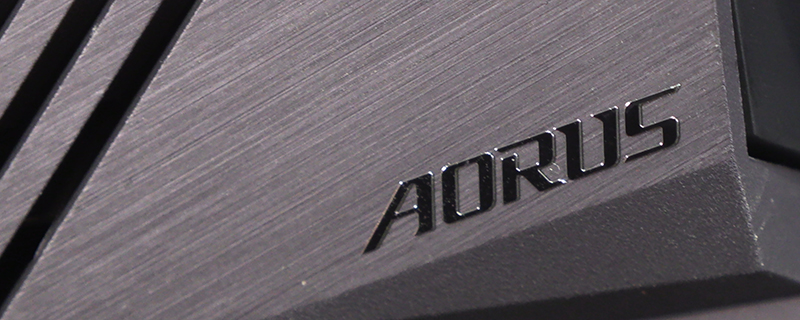Gigabyte X570i ITX Aorus Pro WiFi Review
Conclusion
Please note this review was written prior to the AGESA F6b BIOS update. Our graphs have been updated to reflect the new results, but the text remains the same as the fast single threaded stock performance affects so few of our results and none of our overall opinion.
Whenever you are talking about an ITX motherboard two things are almost a legal requirement to mention. Firstly, it’s a very small motherboard. Whilst most of us own ATX motherboards and the bottom PCI Express slots remain there solely to gather dust, there is something about the size of it that fits nicely in our cases and thus suits. ITX motherboards are exactly as much motherboard most of us really need, and not a millimetre more. This means that the PCB dimensions are always a constant shock, as it’s so easy to forget how compact they are when you’re handling 30 or more ATX motherboards for every ITX one we see. It almost looks like it’s too small to have all the components required, but thanks to some excellent design work it isn’t.
The second thing that has to be mentioned is that size is always a compromise. If you need the tiny footprint of an ITX motherboard then you have to understand beforehand that smaller PCBs mean obvious things like less PCI Express slots, but also fewer M.2 slots SATA connectors, heatsinks on the VRMs, the whole shebang. This reduction in design freedom usually means that you are also making some performance concessions as there just isn’t the space to place a 16 phase power section, or twelve fan headers and what-have-you. This definitely was something we were concerned about going into our time with the Gigabyte X570 I Aorus Pro WiFi. The latest 3rd Generation Ryzen CPUs have significantly upped the core count and our test CPU is the current top of the Ryzen line, the twelve core Ryzen 9 3900X. We’ve already seen in our testing that this requires a fair amount of power and cooling to run it at its utmost, and we wondered if the X570 I had enough to push it hard. Equally though the watchword of our testing methodology has always been consistency. We want to be able to compare everything to an identical setup apart from the item being benchmarked wherever possible. And we’ve already committed to the Ryzen 9 3900X, so either this review was going to be a pleasant surprise, or there were going to be a lot of caveats or even a wholesale adjustment of our testing setup for this single review.
Fortunately for all of us, you, us here at OC3D, and Gigabyte, what we ended up with was a motherboard which left us gob-smacked with how well it handled the needs of the Ryzen 9 3900X and even the PCI Express 4.0. No, it didn’t quite overclock our CPU to the same heights as we’ve seen on some other X570 motherboard options, but it wasn’t that far behind and the results also demonstrated that our overclock was able to perform consistently for long bench runs without the performance being compromised. We’re pretty sure that this is all thanks to the attention to detail put into both the VRM and chipset heatsinks. The VRMs remained below 80°C throughout our testing, which had the duplicate effect of impressing us regarding the Aorus Pro ITX, but also making us wonder why the flagship motherboards we’ve seen have used such serious heatsinks on their voltage sections. We’re not complaining, but clearly the ITX design shows how little cooling you can get away with. We also love the ingenious solution the Gigabyte R&D guys have used to keep the X570 chipset itself cool on such a small footprint. The demands of PCI Express 4.0 are not to be underestimated and running flat out the chipset is generally much warmer than its predecessors, so the vertical cooling is a clever workaround.
If you can’t go without the small ITX form factor but still want to be able to have your choice of the full range of 3rd Generation Ryzen CPUs then the Gigabyte X570 I Aorus Pro WiFi is unquestionably an excellent option with more performance than you might expect from its diminutive size. Yes you have to give up a few fan headers or spangly RGB lights and similar to obtain the performance within a 17x17cm PCB, but if you’re wanting an ITX motherboard you’re aware of that going in. It’s not going to convert those who have no size considerations, but from whatever angle you are approaching it you will end up impressed, and we can’t think of much higher praise than that.
Discuss the Gigabyte X570 I Aorus Pro WiFi on the OC3D Forums.




